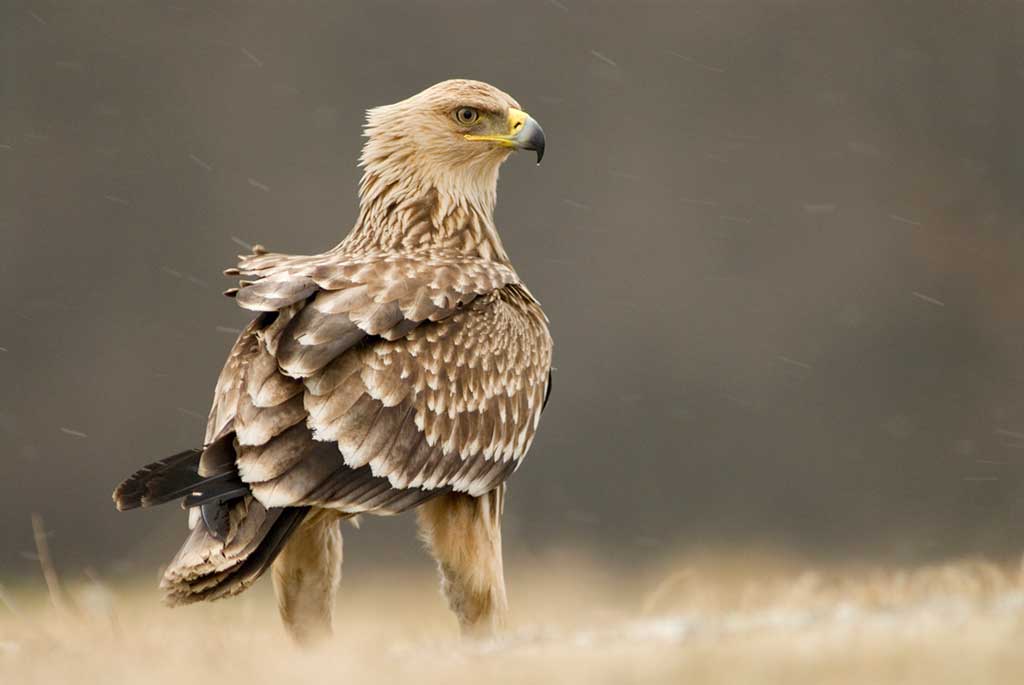Bükk Mountains

The Bükk Mountains are Hungary's most beautiful, wildest, and highest karstic mountain range, with a history that stretches back over 300 million years according to current knowledge. This mountain range reveals a plethora of stunning natural formations and cultural heritage sites. The beauty of nature is abundant here, with century-old, massive tree behemoths covering the hillsides, crowned with the geological landmarks of the Bükk Mountains, such as the bare limestone outcrops known as the "stones." The Bükk Plateau, located at altitudes of 800-900 meters, is home to many rare plant and animal species.
Geography
The Bükk Mountains are part of the Northern Hungarian Mountains, distinct from the other volcanic mountains in the region due to their geological history. The majority of the range is composed of marine sedimentary rocks, primarily dolomite and limestone. The plateau, rising above 800 meters, is encircled by steep rocky cliffs like Bél-kő, Pes-kő, Tar-kő, and Vörös-kő, offering magnificent views of the southern foothills. These peaks are traversed by the National Blue Trail.
The Bükk Plateau's surface is varied with numerous karst formations: sinkholes, swallow holes, and pits. The Bükk Mountains are home to more than 850 known caves, including Hungary's deepest cave, the 250-meter-deep István-lápai-zsomboly. Significant caves include the developed Anna and Szent István dripstone caves in Lillafüred, the Tavas Cave in Miskolctapolca, and the freely accessible Szeleta and Balla caves. The region's springs and streams are abundant. One notable feature is the 17-meter-high Fátyol Waterfall on the Szalajka Stream.
Flora
 About 95 percent of the park is forested. The most widespread forests in the Bükk are the oak forests, which are followed by hornbeam-oak forests in higher regions, and above approximately 600 meters, montane beech forests. One of the most interesting places in the Bükk National Park is the Primeval Forest, where beech trees are 180-200 years old. No forestry activities have been carried out there for over 100 years, and hikers have also been banned for several years. (Previously, a marked hiking trail crossed it, but today it is surrounded by a fence, necessitating a significant detour and a notable climb to bypass it.) In addition to beech forests, pine forests also occur in the mountains, all of which are planted.
About 95 percent of the park is forested. The most widespread forests in the Bükk are the oak forests, which are followed by hornbeam-oak forests in higher regions, and above approximately 600 meters, montane beech forests. One of the most interesting places in the Bükk National Park is the Primeval Forest, where beech trees are 180-200 years old. No forestry activities have been carried out there for over 100 years, and hikers have also been banned for several years. (Previously, a marked hiking trail crossed it, but today it is surrounded by a fence, necessitating a significant detour and a notable climb to bypass it.) In addition to beech forests, pine forests also occur in the mountains, all of which are planted.
The plateau's karst fields are home to the most diverse flora. Rare plant species such as fire lily, slender and Moldavian monkshood, yellow violet, and northern wolfsbane grow here. The characteristic treasure of the grazed mountain meadows is the stemless carline thistle, which also appears in the national park's emblem. Among the orchids, the lady's slipper is the most cherished.
Fauna
 The insect life of the national park includes the highly valued Erebia medusa. Among the mountain species, the Alpine copper, Rosalia alpina, Alpine newt, common frog, yellow-bellied toad, white-backed woodpecker, and grey wagtail are noteworthy. Rare species such as the rock thrush, raven, Eurasian eagle-owl, and the highly protected imperial eagle, saker falcon, and short-toed eagle breed here. Almost all bat species found in Hungary have been recorded in the Bükk.
The insect life of the national park includes the highly valued Erebia medusa. Among the mountain species, the Alpine copper, Rosalia alpina, Alpine newt, common frog, yellow-bellied toad, white-backed woodpecker, and grey wagtail are noteworthy. Rare species such as the rock thrush, raven, Eurasian eagle-owl, and the highly protected imperial eagle, saker falcon, and short-toed eagle breed here. Almost all bat species found in Hungary have been recorded in the Bükk.
Among mammals, the lynx has been a permanent resident of the Bükk forests for over ten years. Its relative, the similarly elusive wildcat, has a much larger population in the region. Among large game, red deer and wild boar are common. The famous Lipizzaner herd grazes on the Bükk Plateau.
History
Humans have lived in the Bükk Mountains long before recorded history. Archaeologists have found Neanderthal tools and skeletal remains in several caves. Hunting and gathering were later replaced by activities based on the limestone-rich rocks, such as mining, lime burning, glass production in glassworks, metalworking, and forestry industries like timber harvesting and charcoal burning. The remains of Avar ramparts, castles, and collapsed walls can be seen on the mountain peaks.










